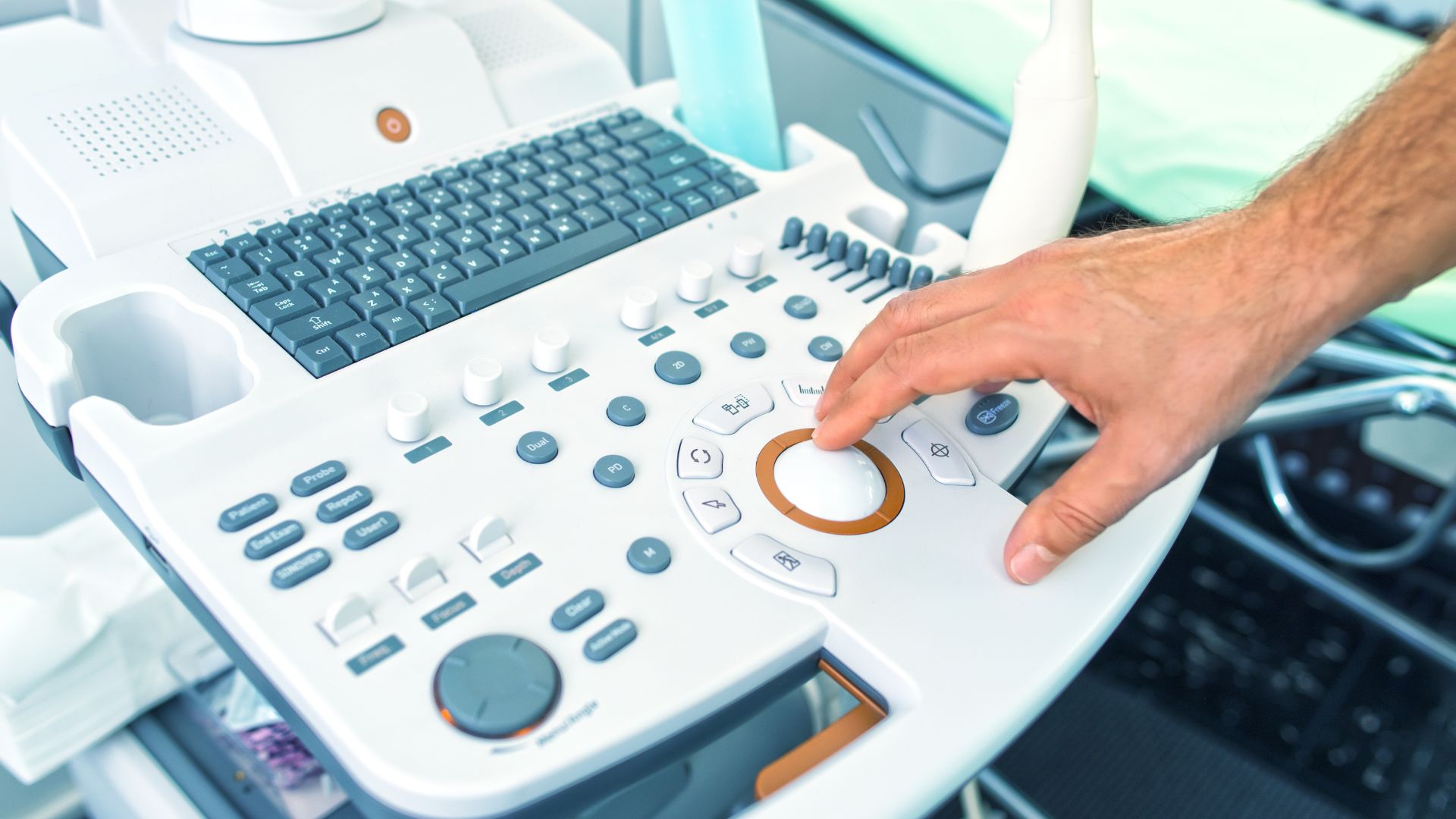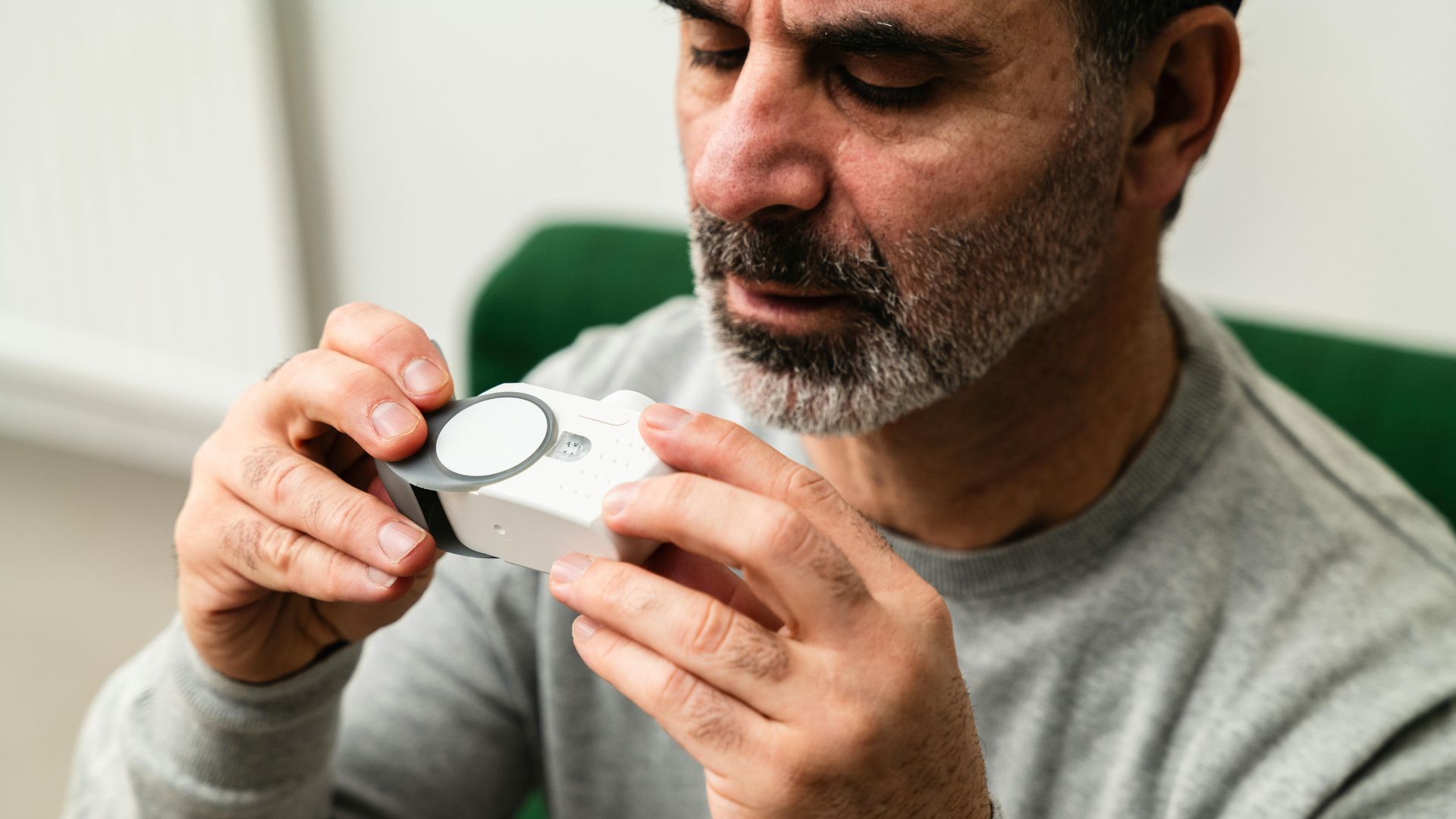Ensuring Quality & Compliance for Medical-Grade Gloves
Medical gloves—whether examination, surgical or chemotherapy—are critical protective barriers in healthcare. Because they come into direct contact with patients & healthcare workers, the FDA enforces strict compliance standards to ensure safety & effectiveness. Manufacturers must navigate classification, performance testing & labeling requirements to legally distribute gloves in the US. Failure to comply can lead to Import Alerts, detentions & recalls.
How the FDA Classifies Medical Gloves
Understanding the FDA’s classification system helps determine the appropriate regulatory pathway:
Device Classifications
- Class I (Low Risk): Non-sterile examination gloves (latex, nitrile, vinyl, or polyethylene). Often exempt from 510(k), but must comply with Establishment Registration & Medical Device Listing.
- Class II (Moderate Risk): Surgical & chemotherapy gloves. Require 510(k) clearance to show equivalence to an approved predicate device.
Key Testing & Compliance Requirements for Medical Gloves
To pass FDA review, gloves must meet several performance & labeling benchmarks:
- ASTM & ISO Testing: Conformity to ASTM D3577 (surgical), ASTM D6319 (nitrile) & ISO 11193 for strength & durability.
- Biocompatibility Testing: Verifies that gloves don’t cause irritation or allergic reactions.
- Sterility Validation: For surgical gloves, validated sterilization processes per ISO 13485 & 21 CFR 820.
- UDI Compliance: All gloves must include a Unique Device Identifier for traceability & recall management.
Common Compliance Challenges & Solutions
Even small oversights in testing or labeling can lead to regulatory delays. Here are two examples of how compliance issues have impacted glove manufacturers:
Case Study: Import Detention Due to Quality Deficiencies
A nitrile glove manufacturer faced an Import Alert after the FDA flagged missing tensile strength data. The company had to:
- Redo ASTM performance testing.
- Update their Medical Device Listing.
- Bring in regulatory consultants to resolve detention.
Case Study: Labeling Non-Compliance on Surgical Gloves
A supplier distributing sterile surgical gloves had shipments detained due to missing sterility validation on packaging:
- Shipments were delayed, affecting revenue.
- Labeling was revised to meet FDA requirements.
- Compliance consultants were engaged to prevent future issues.
Regulatory Considerations for Medical Gloves
Keep these additional regulatory elements in mind:
- FDA User Fees: Annual fees apply, with Small Business Fee Assistance available.
- Import Alerts: Quality failures can lead to blocked shipments.
- Certificate to Foreign Government (CFG): Required to export to many international markets.
- Health Canada Licensing: An MDEL may be necessary for sales in Canada.
Maintaining Postmarket Compliance
FDA approval is just the beginning. Ongoing compliance obligations include:
- eMDR Submissions: Report all device-related adverse events.
- FOIA Requests: Use them to research similar device approvals.
- Medical Device Master File: Helps with proprietary materials & future submissions.
- Regulatory Consulting: Stay current with evolving FDA expectations.
Creating a Resilient Compliance Strategy
Manufacturers aiming to enter the US glove market must go beyond basic certification. A proactive approach to performance testing, clear labeling, validated sterility & UDI compliance helps ensure faster approval, fewer setbacks & sustained market access.








